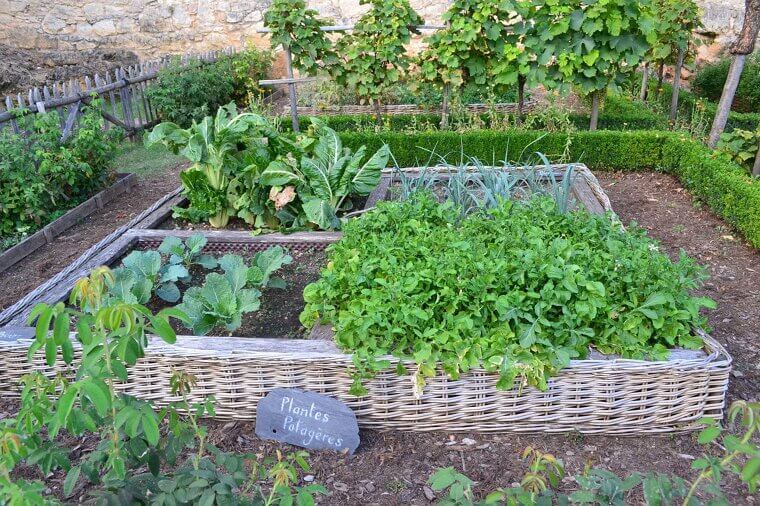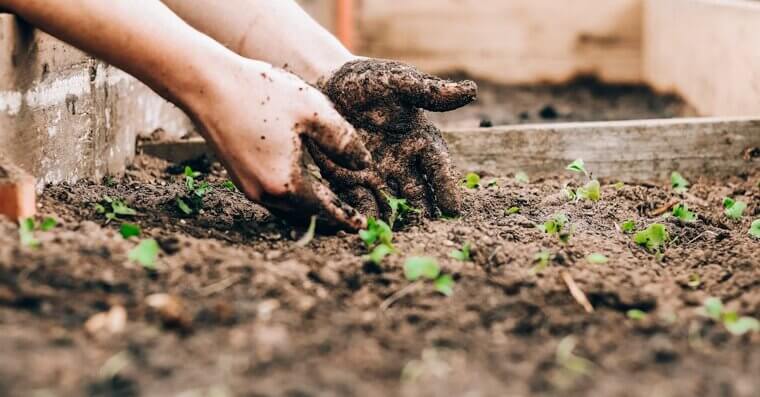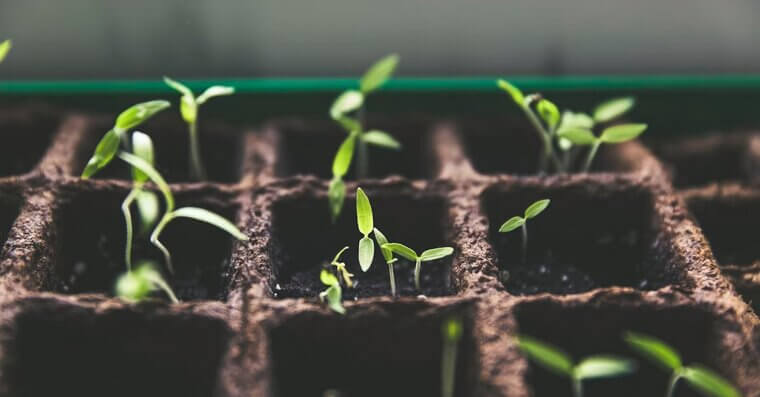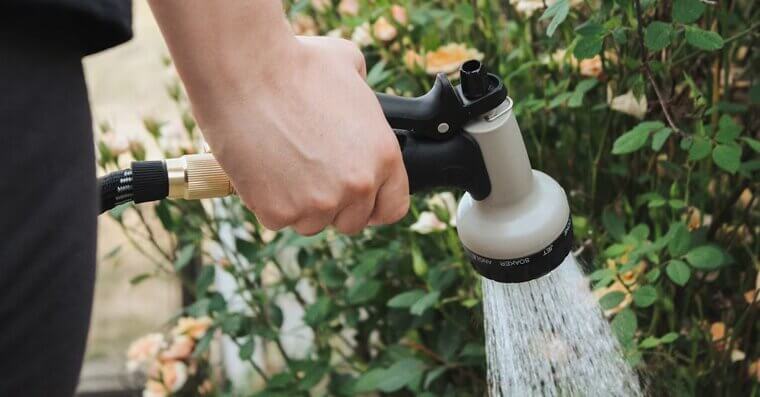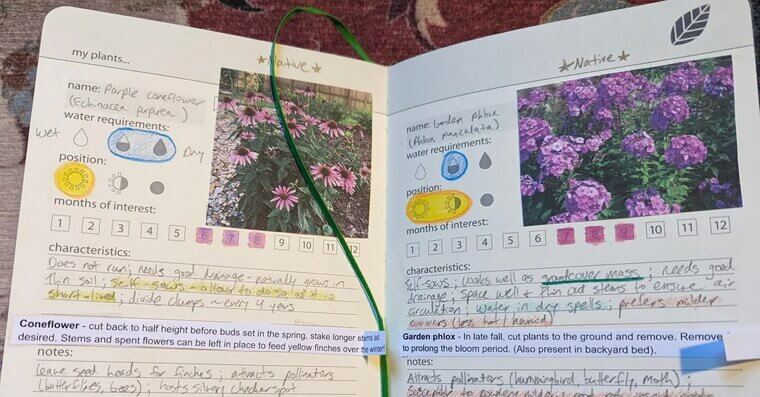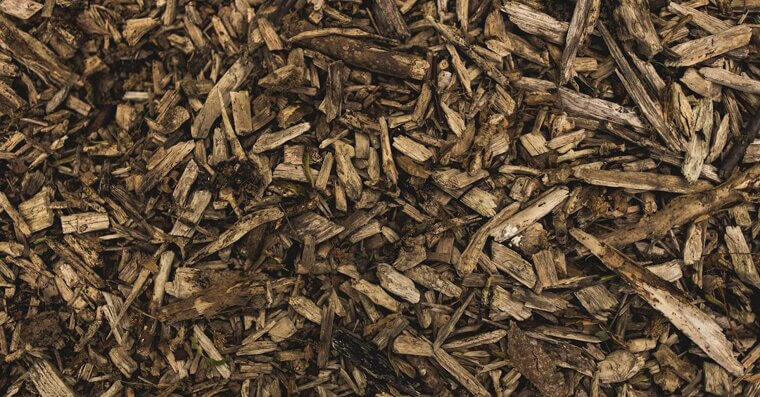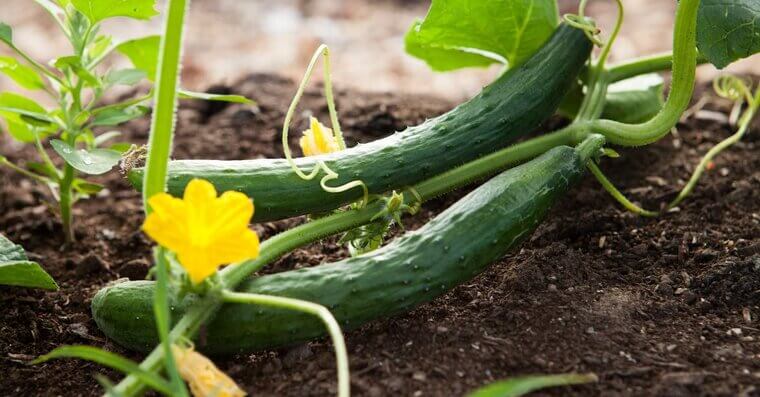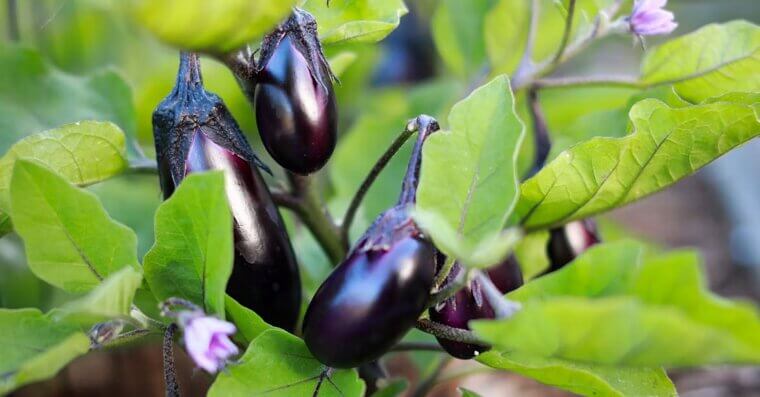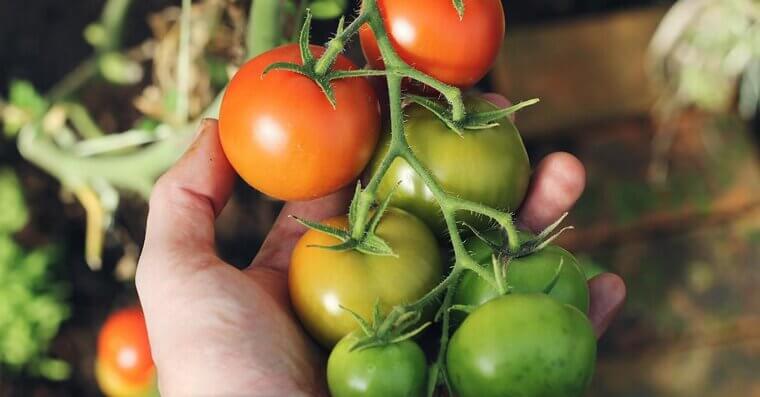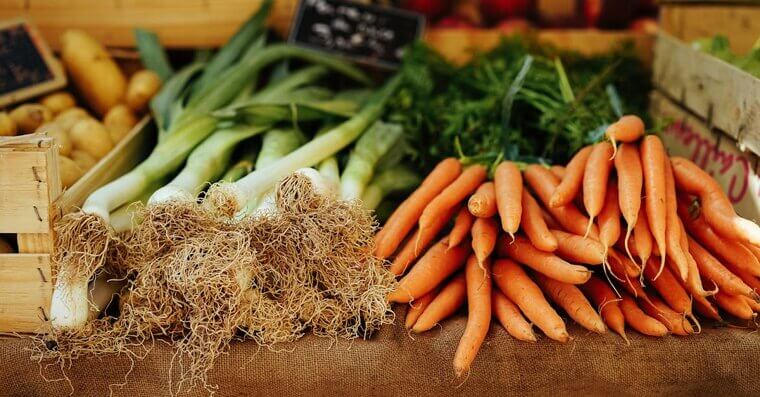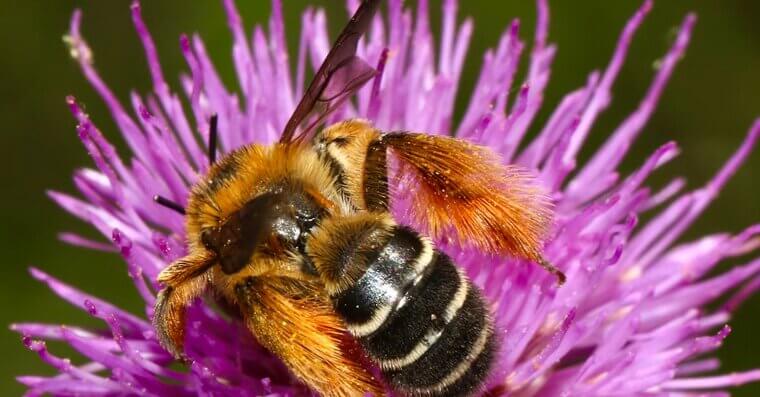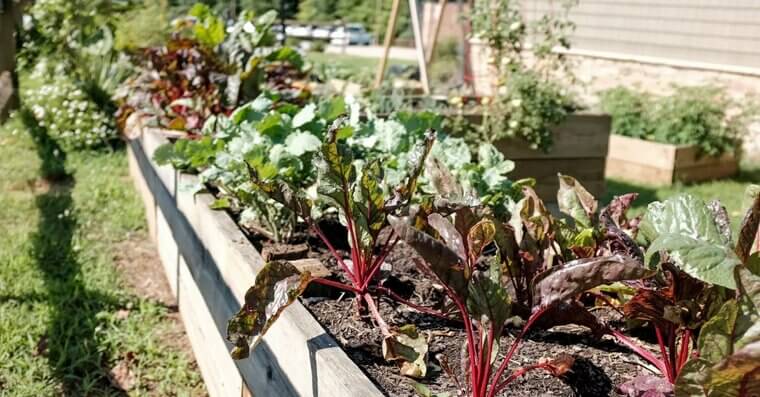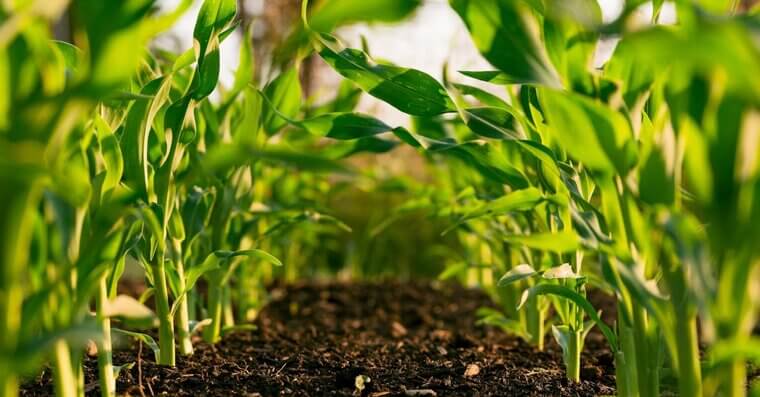First-Time Gardener? Here’s How to Grow Your Own Vegetables
Starting a vegetable garden can feel a little intimidating at first, but it doesn’t have to be complicated. With the right approach, even a beginner can grow fresh, tasty produce on their first try. The key is knowing a few simple basics that set you up for success. And here’s those simple basics in an easy-to-understand format for you.
Test Your Soil
Healthy soil makes all the difference to your vegetables. You don’t need to get super technical, just check if it’s loose, drains well, and isn’t packed with clay. A simple and inexpensive soil test kit from a garden center tells you about nutrients and pH.
Know The Advantages Of Both Seeds And Plants
Some veggies are easier to start from seed, like beans, peas, and radishes - they don’t like being moved. Others, like tomatoes and peppers, take a long time to mature, so buying starter plants saves you weeks of waiting. Many people have a mixture of both.
Pay Attention To The Weather
Not all vegetables like the same weather. Cool-season crops like spinach, lettuce, and peas are successful in spring and fall, while warm-season crops like tomatoes, cucumbers, and peppers need the heat of a summer. Mixing the two gives you food nearly year-round.
Know How to Water
Vegetables like consistent moisture, but you mustn’t drown them. A good rule is about an inch of water a week, whether from rain or your hose. Water at the base of plants rather than sprinkling the leaves, it helps roots grow stronger.
Keep a Garden Journal
It might sound a little nerdy, but writing down what you planted, when you planted it, and how it grew pays off big time. You’ll remember what grew, what didn’t, what pests showed up and everything you need to do better the next year.
Use Mulch
A layer of mulch around your plants does more than make the garden look nice. It locks in moisture and cuts down on weeds. Organic mulches like shredded leaves or grass clippings also break down over time, improving your soil. Just don’t put it too close to the plants.
Be Sure of What Veggies You Want to Plant
Start with veggies you actually enjoy eating - it makes the effort worth it! Beginners often have success with tomatoes, peppers, zucchini, and lettuce. If space is limited, skip the plants that sprawl like pumpkins. Also, check how much sun and water each crop needs so you don’t set yourself up for frustration later on.
Make Sure Vegetables Have Space For Their Roots
Crowding plants is tempting when you want to squeeze in more, but that's a big mistake. Vegetables need space for their roots and airflow to stay healthy. Overcrowding leads to smaller harvests and more disease. Make sure to follow the spacing guidelines on the seed packet or plant tag.
Weed Carefully and Frequently
Weeding isn’t just pulling out the obvious big stuff. Look closely - some weeds sprout tiny and blend right in with your seedlings. Be careful not to yank out your own plants by mistake. And check the weeds for pests, they can be a huge problem.
Rotate Your Crops
If you keep planting the same vegetables in the same spot, pests and diseases can set in more easily. Crop rotation, which has existed since the dawn of humanity, is what you need here. For example, follow up heavy feeders like tomatoes with nitrogen-fixing beans the next year.
Harvest Regularly
Don’t wait too long to pick your vegetables - harvesting encourages plants to keep producing. Lettuce and herbs taste best when cut young, and try and make sure to do you harvesting in the morning, as that’s when veggies have the highest moisture content.
Attract Pollinators
Vegetables like cucumbers, squash, and tomatoes rely on pollinators for bigger harvests. So what do you need to do? Plant more pollinators of course. They attract bees and butterflies, they make your garden more powerful, and they help to save the planet.
Pick Where To Plant The Vegetables
Now you know what to grow, you have to decide where. Pick a sunny spot, bearing in mind that most veggies need at least six hours of direct sunlight a day. Avoid areas with poor drainage or tree roots that’ll steal water. If your yard isn’t ideal, raised beds or large containers work wonders.
Timing Your Planting to Avoid Frost
Check your local frost dates before planting anything. Putting tomatoes in the ground too early is a rookie mistake - they’ll freeze and die. Cool-season veggies can handle a light chill, but warm-season crops won’t survive. Luckily, you can find frost forecasts online easily!
Start Small
You may want to grow everything right away, but a massive garden can get overwhelming fast. Start with just a few easy veggies and expand once you get comfortable. Managing a smaller space means you’ll actually keep up with watering, weeding, and harvesting.

